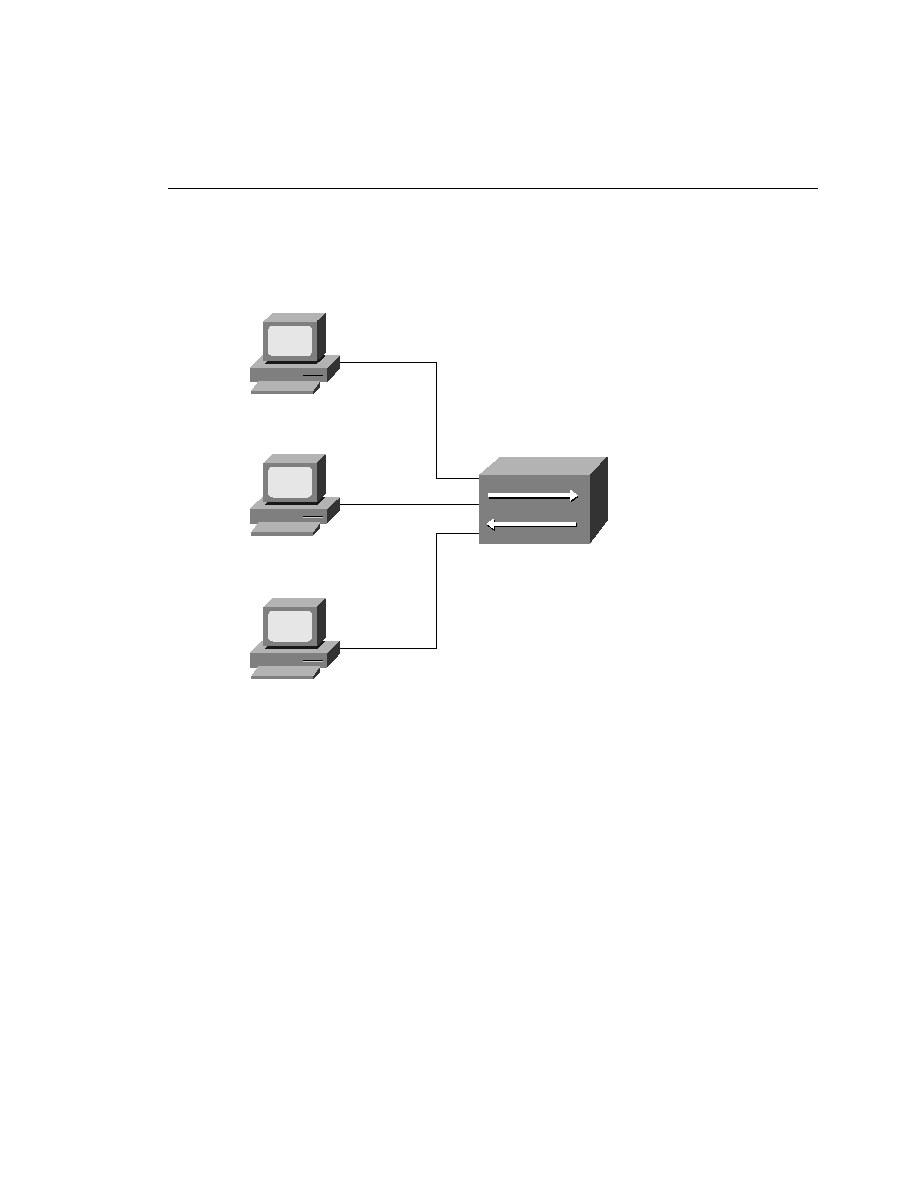
address can be substituted for many sending addresses, as illustrated in Figure 11-4.
socket number. The new socket number has a unique port number known by the router or NAT
device and a common IP address for each translation. In this fashion, only one legitimate
address is required for the translation. The use of the port to make the translation unique is
called PAT. With PAT, the entire socket is replaced.
scheme. If they are merged, the IP address scheme fails because of the overlap. This NAT
function is not something that should be designed into a network.
renumbering of each end station, can be consolidated. In this fashion, the administrator can
focus on putting a renumbering plan in place.
10.1.1.1:1456 133.4.5.6:1456
10.1.1.2:1D48 133.4.5.6:1897
10.1.1.3:1776 133.4.5.6:1999
133.4.5.6133.4.5.6